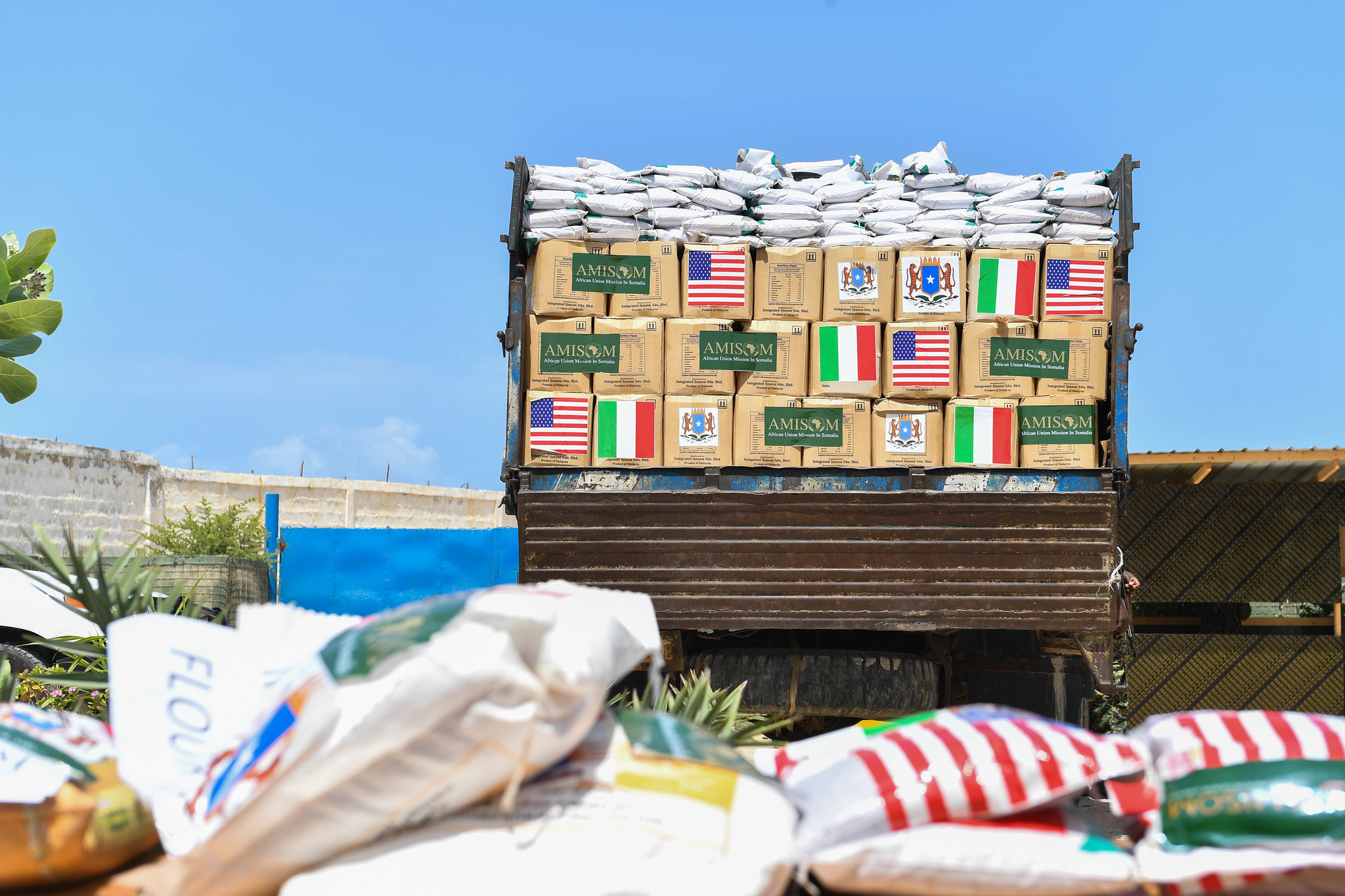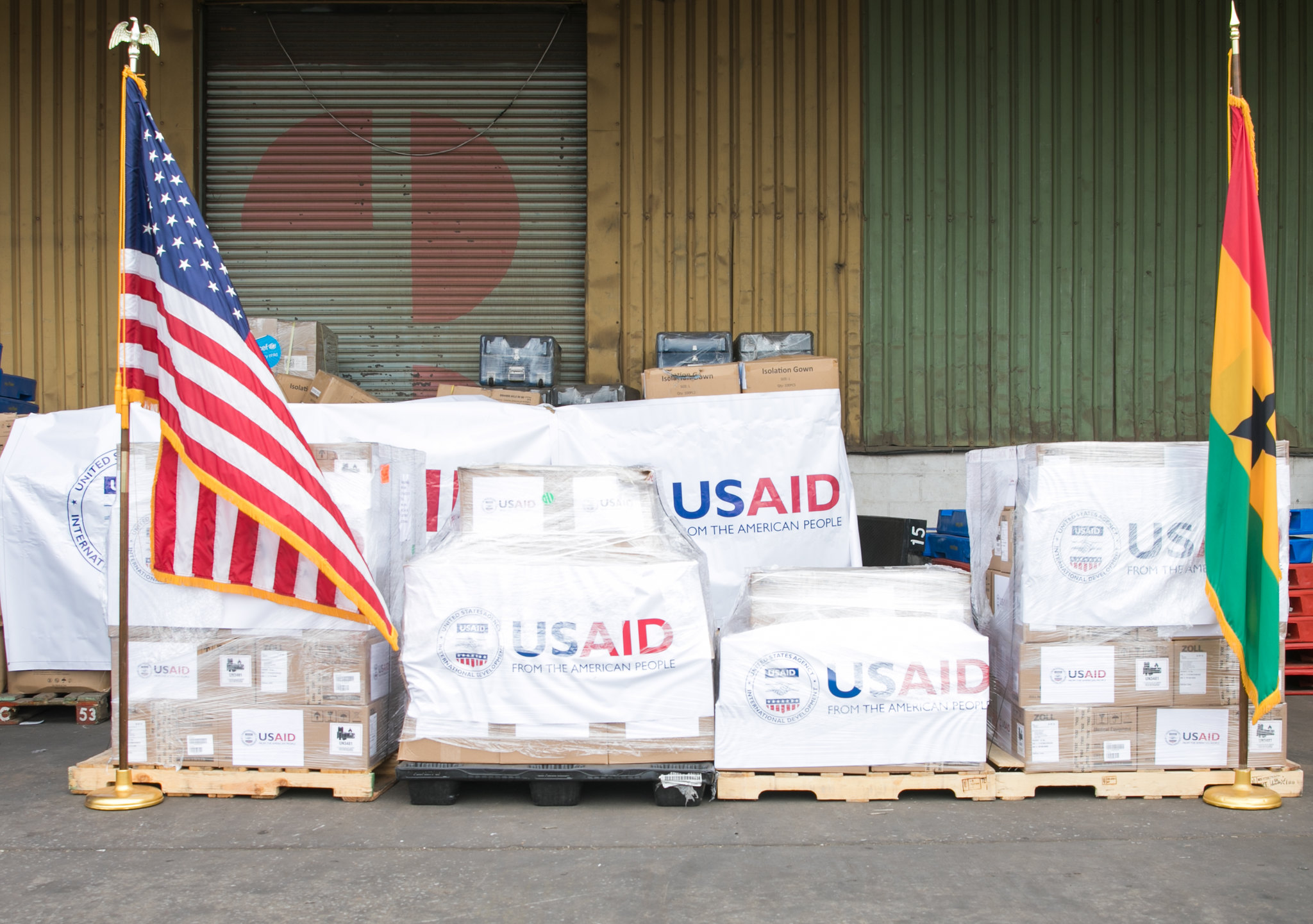We are excited to announce that Brink is now part of Africa Practice. Learn more
Cracking the localisation conundrum

Localisation – or locally led development – is one of the biggest topics in global development today. The concept is not new, having gained significant momentum with a growing number of donor commitments, including the 2005 Paris Declaration on Aid Effectiveness and the 2016 Grand Bargain. Notably, the disruption brought about by COVID-19 served as a catalyst for renewed attention, with bilateral, multilateral, and philanthropic donors exploring new approaches in the humanitarian and health sectors.
Encouragingly, there is a clear recognition of the need for locally-led programme conception, development and implementation that is driving demand for stronger local insights and data. There is a growing acceptance that the advocacy required to create sustainable change must be locally owned and delivered.
To achieve this, the funding ecosystem has to recognise that partners in Africa can deliver the local expertise, delivery capability and outcomes envisaged, while also being informed by global developments. It is vital to recognise these aspects are not mutually exclusive. Increasingly, emerging African partners and advisors are delivering locally-relevant but globally-comparable programming.
While use of the term “localisation” has skyrocketed, translating rhetoric into reality remains a challenge. Cracking the localisation conundrum was never going to be easy or quick given the depth and breadth of structural changes required, not least in terms of operations and shifts in mindsets on both sides of the donor-beneficiary relationship. Localisation should not become another buzzword or jettisoned paradigm such as the “billions to trillions” agenda. Instead, it requires a concerted effort to re-evaluate donor-recipient interactions and gradually implement deep-rooted reform over superficial tweaks.
Localisation is sometimes reduced to how donor dollars are channelled – via global implementing partners and international NGOs versus “local” recipients. Ultimately, it extends far beyond this: done right, localisation is a holistic approach built on sharing power, risk, and accountability.
A recipe for localisation
For donors, localisation entails three key steps: Firstly, overcoming the hard-wired perception that empowering local actors necessarily entails more risk. Without addressing misplaced apprehensions, risk aversion can become a self-fulfilling prophecy that stops localisation in its tracks.
Secondly, moving away from the short-term and narrow lens of solely looking at local partners in terms of their capacity to absorb dollars. Instead donors should focus on establishing a more enabling environment for locally-led development through building capacity and sharing knowledge.
Finally, it requires donors to look inward and adapt their organisational structures and funding requirements, prioritising long-term flexible funding over project-based development models. Too often, donors focus on demand-side challenges instead of engaging in critical self-reflection.
In parallel, much of the onus rests on local implementing partners and grantees to continue demonstrating that localisation ensures a more sustainable, impactful, efficient, responsive, and cost-effective approach to development. In addition, partner capacitation and coordination are central to ensuring they are on a strong footing to engage with donors and minimise inefficiencies. Instead of individually focusing strictly on appearing funding-worthy to donors, local organisations could collectively advocate for processes that benefit the ecosystem as a whole.
An opportunity for global philanthropy
USAID has been the most ambitious bilateral donor with its ambitious target of channelling 25% of funding to local organisations by 2025 (and 50% of programmes being led locally by 2030); however, it continues to fall short. A 2022 progress report showed only 10.2% of the agency’s eligible funding went to local actors, dropping to 6% when using a stricter definition of “local”.
Global foundations have fared better, driven by their ability to be more nimble and pivot rapidly. The Hilton Foundation met its target of giving at least 25% of international grant-making to local organisations in 2022, up from 10% a decade ago, partnering with them to shape priorities and approaches.
In February 2024, the foundation and USAID signed an MoU to advance locally led efforts across a range of shared priorities and strengthen the evidence base for localisation, while galvanising efforts from other US-based and global philanthropies. The Hilton Foundation was also instrumental in getting more than a dozen leading philanthropies including the Packard, Ford, Rockefeller and Skoll foundations to back the Donor Statement on Supporting Locally Led Development on the sidelines of UNGA in September 2023 – a major milestone.
Beyond empowering local actors, philanthropic organisations can help create the enabling environment and soft infrastructure that is conducive to localisation. The key marker of success will be whether foundations’ grantees can “graduate” to partnering with bilateral donors, absorbing funding at scale and start co-developing strategies – rather than remaining implementing partners with less of a say on goal-setting. This hinges heavily on capacity building, collaboration and knowledge.
Localisation requires systems change based on a long-term commitment and investment. For the last 20 years, Africa Practice has invested in and developed in-market platforms, knowledge and relationships that we are using to support donors and philanthropic funders and their partners as they navigate these changes. We are committed to deepening this support as the ecosystem evolves and we work collaboratively to establish an equitable and balanced platform for development.
Click here to contact our team of philanthropic and development advisors.
Proud to be BCorp. We are part of the global movement for an inclusive, equitable, and regenerative economic system. Learn more


